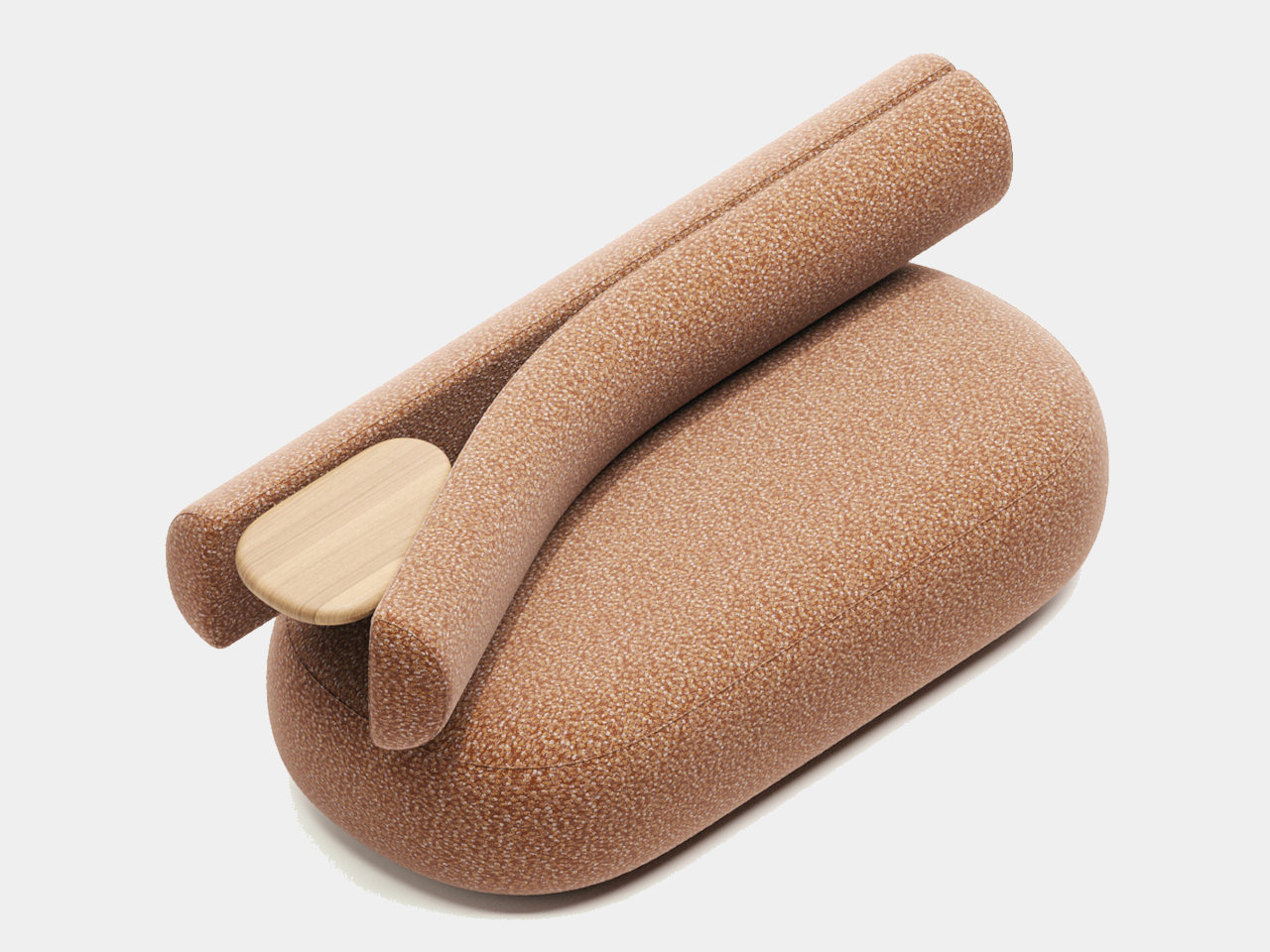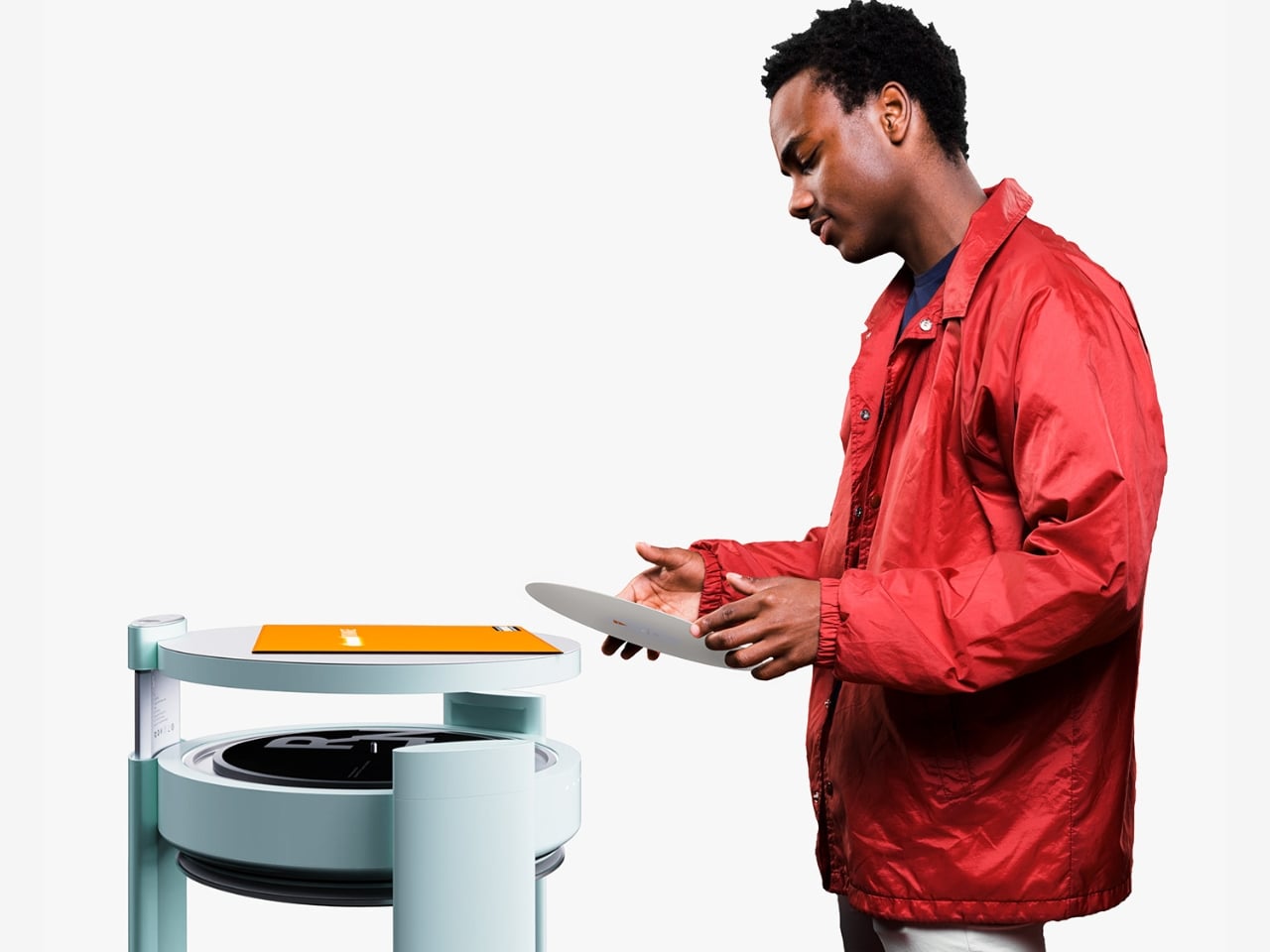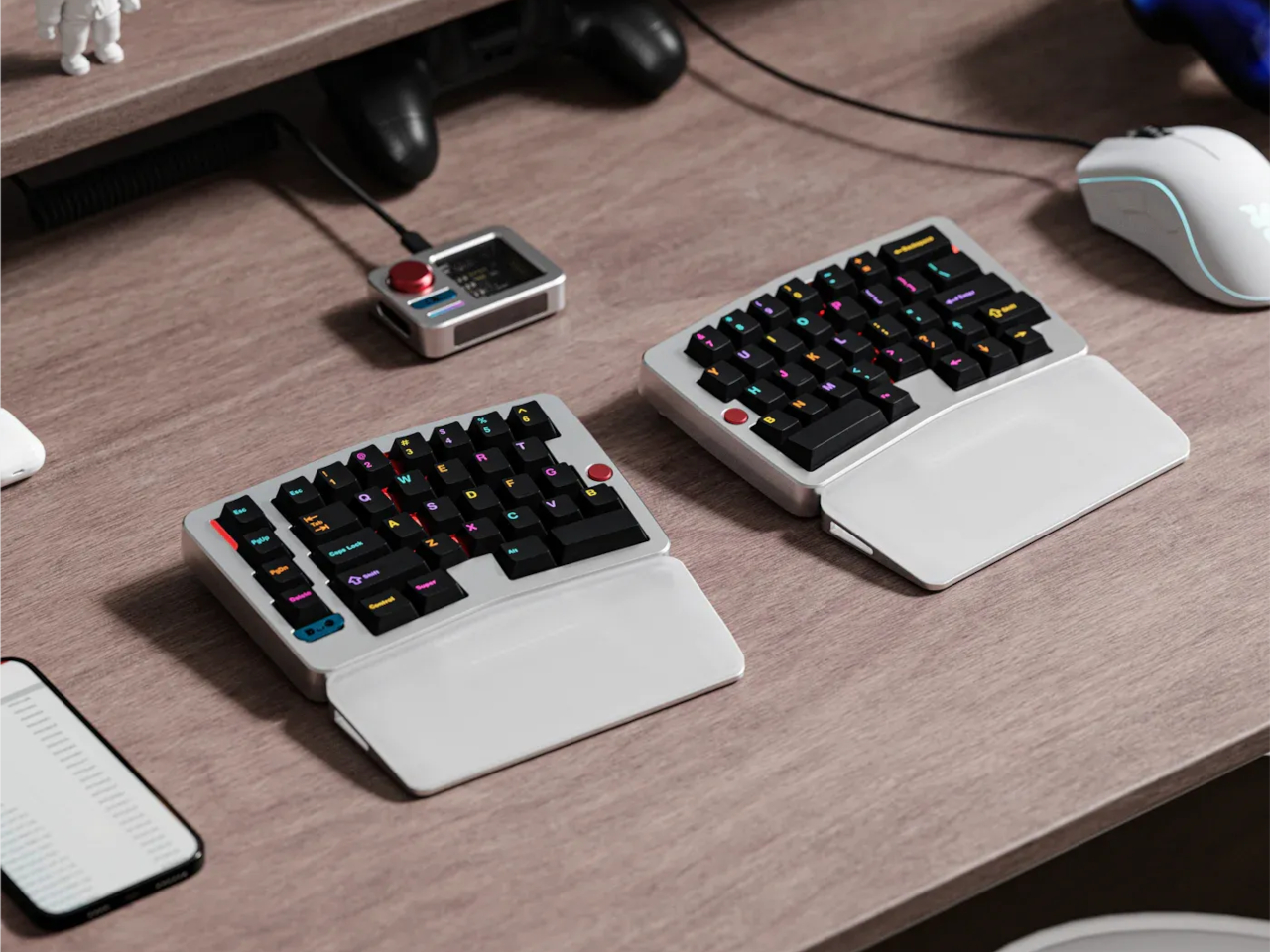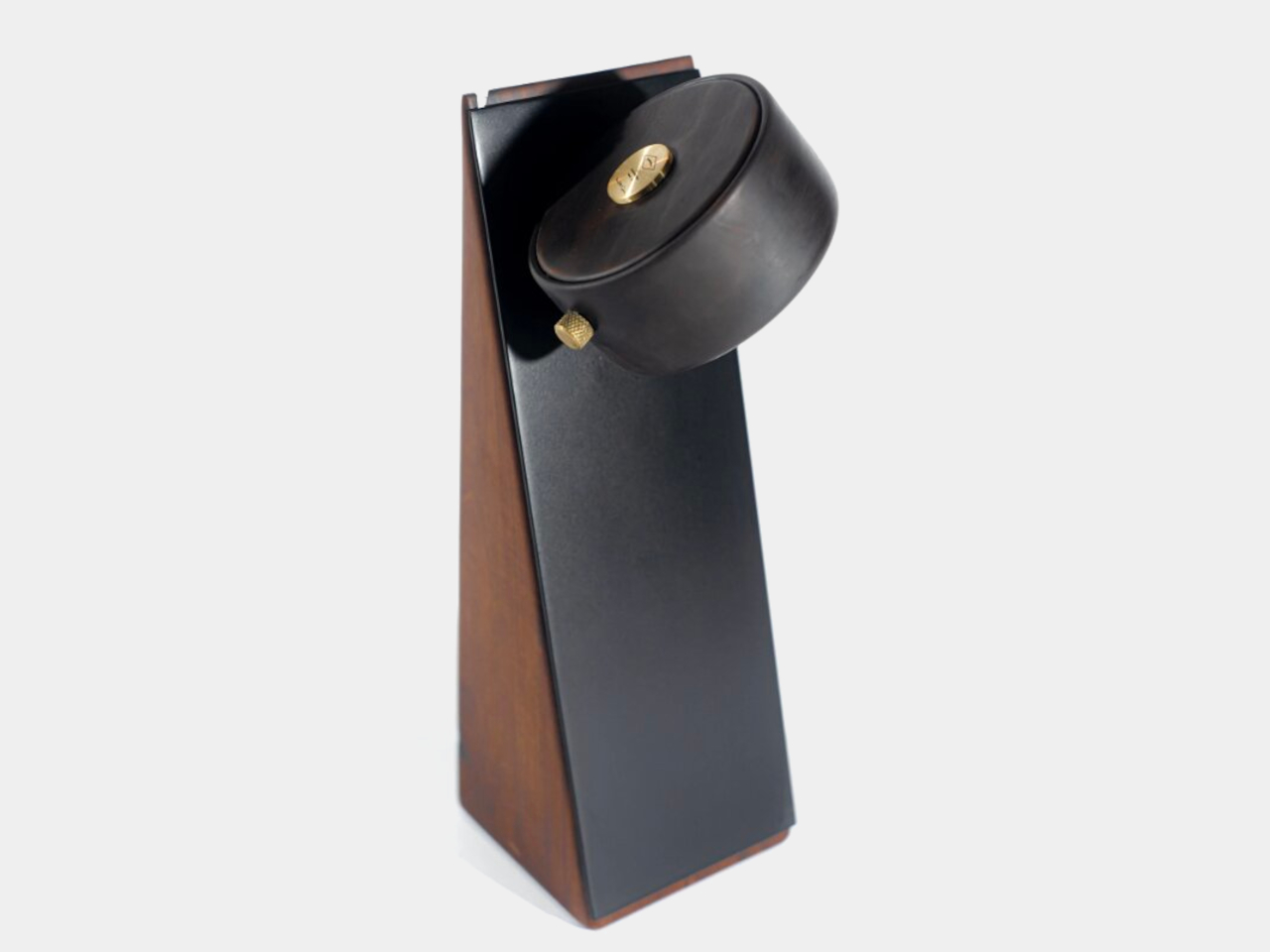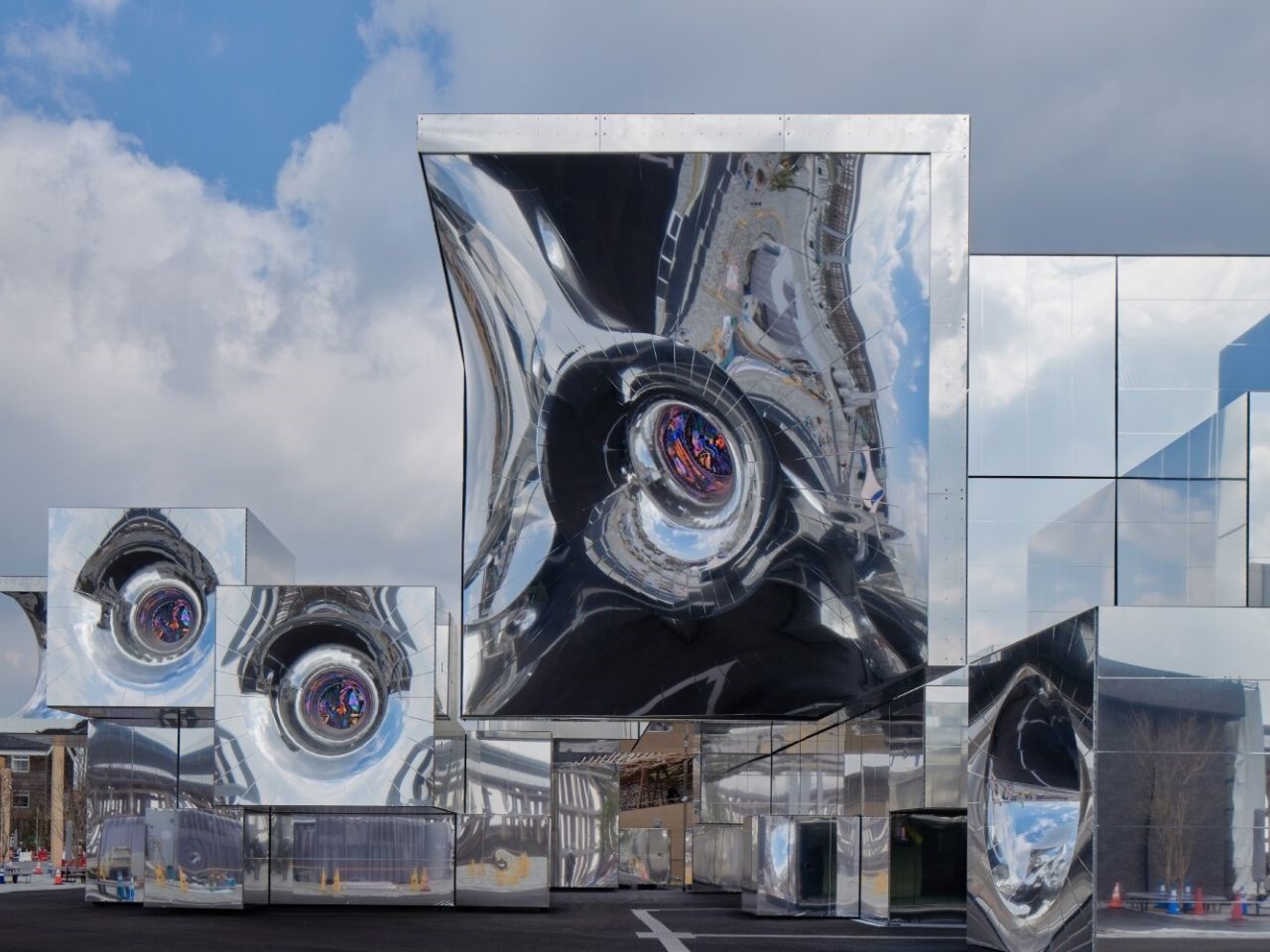PROS:
- Compact design with bigger storage capacity
- Removable battery for extended outdoor use
- Removable divider for flexible setup between freezer and refrigerator
- Multiple charging options, including purely solar energy
CONS:
- Simple ice cooler appearance might not appeal to everyone
- No wheel add-on for easier transportation
RATINGS:
SUSTAINABILITY / REPAIRABILITY
EDITOR'S QUOTE:
The EcoFlow GLACIER Classic focuses on perfecting the basics to deliver an efficient portable refrigerator that isn't weighed down by unnecessary features.
Embarking on outdoor adventures often means leaving behind the comforts of home, particularly when it comes to keeping food and drinks fresh. Whether you’re camping in remote locations, road-tripping across the country, or simply enjoying a day at the beach, the challenge of maintaining a reliable cold chain for perishables can quickly turn an exciting expedition into a frustrating experience. Traditional coolers with ice packs might work for a day, but they create a soggy mess and require constant replenishment, making them impractical for extended trips.
The EcoFlow GLACIER Classic Portable Refrigerator aims to solve these common outdoor food storage problems with a practical approach to portable refrigeration. Unlike its predecessor, which featured an integrated ice maker, the GLACIER Classic focuses on maximizing storage space while maintaining impressive cooling performance. Available in three sizes (35L, 45L, and 55L), this portable refrigerator promises to keep your provisions perfectly chilled without requiring constant attention or maintenance. But does this streamlined approach deliver the performance that outdoor enthusiasts need? Let’s dive into the details to find out if this cooling companion deserves a spot in your adventure gear.
Designer: EcoFlow
Click Here to Buy Now: $799 $1199 (Early Bird $100 + $300 extra coupon = $400 off). Hurry, deal ends in 48-hours!
Aesthetics

The EcoFlow GLACIER Classic doesn’t try to win any beauty contests with its straightforward design philosophy that prioritizes function over flashy aesthetics. At first glance, it resembles an oversized cooler with a clean, minimalist exterior that won’t turn heads but won’t embarrass you either. The understated appearance belies the thoughtful engineering underneath, offering practical features that matter to users while eliminating unnecessary frills that would only add to the cost and complexity without providing tangible benefits to the outdoor experience.
What the GLACIER Classic lacks in visual excitement, it makes up for with impressive space efficiency, packing substantial storage capacity into a surprisingly compact footprint. The refrigerator is approximately 40% smaller than comparable models on the market, yet it can accommodate an impressive amount of provisions: the largest 55L model can hold up to 90 standard beverage cans. You don’t even have to repack those 8-pack soda can bundles to fit them inside, making the packing process less of a chore.

Part of the GLACIER Classic’s diet trick is removing unnecessary features. Unlike the original GLACIER model, this Classic version omits the built-in ice maker, a convenience that sounded good on paper but was not used that much in outdoor scenarios after all. Removing it not only significantly increased the interior space but also reduced the overall bulk and weight of the product. It doesn’t hurt that it also helped reduce the price tag, too!

The color scheme sticks to the typical EcoFlow black and silver that won’t show dirt and grime accumulated during outdoor use, a thoughtful choice that outdoor enthusiasts will appreciate after a few dusty trips. The control panel features an intuitive layout with clearly marked buttons and indicators that remain visible even in bright sunlight, allowing for quick temperature adjustments without requiring users to consult the manual repeatedly. All in all, the EcoFlow GLACIER Classic’s simple appearance belies the power it hides, giving credence to the advice not to judge a book by its cover.
Ergonomics

Car Camping

RV Camping
Despite its reduced size, at least compared to other portable refrigerators of the same capacity, the EcoFlow GLACIER Classic is clearly still a heavy unit. Unlike its predecessor, there are no detachable wheels and levers to help you roll the portable refrigerator around. Instead, the design optimizes for the most common use case: keeping the box in the car trunk, whether in transportation or in use.
The GLACIER Classic features thoughtfully designed foldable handles that extend wide for comfortable carrying but tuck away neatly against the body. This clever design element ensures nothing protrudes from the sides when the refrigerator is packed into tight spaces like vehicle trunks or storage compartments, maximizing the efficient use of limited space during transport while still providing ergonomic carrying options when you need to move the unit from your vehicle to your campsite or outdoor gathering spot.

One of the smartest and most practical features is the dual-direction lid that can be opened from either of the long sides, providing flexible access regardless of how the refrigerator is positioned in your vehicle or at your campsite. This seemingly simple design choice eliminates the frustration of having to reposition the entire unit when access is blocked on one side, a common problem with traditional coolers and refrigerators that have single-direction openings.

The EcoFlow mobile app adds another layer of convenience, allowing users to monitor and adjust temperature settings remotely without standing beside the refrigerator all the time. Mirroring its design choices, EcoFlow listened to customer feedback to focus on the essentials and shed off any unnecessary features that burden the users or their pockets.
Performance


The EcoFlow GLACIER Classic comes equipped with a removable 298Wh battery that delivers an impressive runtime of up to 43 hours for the 35L model and approximately 39 hours for the larger 45L and 55L versions. This substantial battery capacity means you can maintain proper food storage temperatures throughout a weekend camping trip without needing to recharge, providing peace of mind when venturing into areas without reliable power sources. The temperature range is equally impressive, spanning from -20°C to 60°C (-4°F to 140°F), keeping drinks cool and ingredients frozen until you’re ready to cook them.




The removable divider system deserves special mention for its clever multifunctionality. Beyond organizing the interior space, it creates configurable temperature zones with up to 4.2°C (39.6°F) difference between compartments, allowing users to store different types of food at their optimal temperatures simultaneously. This means you can configure the unit as a refrigerator, freezer, or combination of both, depending on their specific needs for each adventure and eliminating the need for separate cooling solutions for different types of provisions. The divider even doubles as a cutting board, saving precious packing space by combining two essential camping tools into one multifunctional component that enhances the overall utility of the refrigerator during outdoor meal preparation.

The versatility of the GLACIER Classic extends to its charging capabilities, with multiple options to keep the unit powered in virtually any situation. Users can charge via standard AC outlets, car chargers, compatible solar panels (11-30V input, up to 110W), specialized EcoFlow alternator chargers, or even through the 100W USB-C port. For maximum charging speed, combining the USB-C and XT60 alternator connections can deliver up to 200W of charging power, replenishing the battery in just 1.5 hours.

Beyond its primary cooling function, the unit doubles as an emergency power bank through its 100W USB-C output port, capable of charging laptops, phones, and other devices when traditional power sources are unavailable during extended outdoor excursions. It definitely won’t stand up to EcoFlow’s dedicated solar power stations, especially since it’s also using its power to run the refrigerator, but it’s a nice convenience when you’re out of charging ports to use. That said, it would have been nice if there were two of these, even if it means halving the output when both are in use.

The companion app provides detailed insights into power consumption patterns, allowing users to optimize settings for their specific usage scenarios and remaining battery capacity. The app also gives users a heads-up not only when the battery is low but also when temperatures deviate by 5°C from the set level for over 10 minutes, ensuring that you can take action to keep your food and drinks safe.
Sustainability


The GLACIER Classic demonstrates EcoFlow’s commitment to sustainable design through its user-replaceable battery system, which significantly extends the product’s useful lifespan. Rather than discarding the entire unit or going through an expensive process when the battery eventually degrades, users can simply replace the battery module, reducing electronic waste and maximizing the long-term value of their investment. This approach not only benefits the environment but also provides practical advantages for users who can carry spare batteries for extended trips, swapping depleted batteries for fresh ones to maintain continuous cooling without waiting for recharging during critical food storage situations.

The refrigerator’s compatibility with solar charging further enhances its sustainability credentials, allowing users to power the unit entirely with renewable energy when camping in sunny locations. This solar capability makes the GLACIER Classic particularly valuable for extended off-grid adventures, where traditional power sources are unavailable but sunlight is abundant. By harnessing solar energy, outdoor enthusiasts can maintain proper food storage temperatures indefinitely without consuming fossil fuels or depleting limited battery resources, creating a truly sustainable solution for wilderness food preservation that aligns with environmentally conscious outdoor recreation principles.
Value

35L, 45L, or 55L to suit any vehicle.
The EcoFlow GLACIER Classic delivers impressive functionality at a competitive price point, with the 35L model starting at $799, the 45L at $899, and the 55L at $1,199, though early bird pricing drops these figures to $699, $799, and $899, respectively, from April 25 to May 25. When comparing these prices to similar portable refrigerators on the market, the GLACIER Classic offers exceptional value, particularly considering its versatile temperature zones, substantial battery life, and multifunctional features that eliminate the need for separate cooling solutions. While the original GLACIER model included an ice maker, market feedback suggested this feature wasn’t essential for most users, and its omission in the Classic version allows for more storage space at a lower price point.
The GLACIER Classic isn’t the only game in town, though, but it easily outshines the competition in key areas. Compared to an $800 40L portable refrigerator, the EcoFlow GLACIER Classic 45L is 20% smaller. Even the 55L is still 7% smaller, proving how compact the design really is. It’s also lighter, making it easier to make room for the portable refrigerator and transport it. And, unlike the competition, the GLACIER Classic’s removable divider lets you decide how much space you want to allocate for the freezer or the refrigerator, putting you in charge rather than being at the mercy of the product’s design.

For outdoor enthusiasts who prioritize practical functionality over novelty features, the GLACIER Classic represents a sound investment that will enhance countless adventures for years to come. The combination of ample storage capacity, flexible configuration options, and multiple charging methods ensures the refrigerator can adapt to virtually any outdoor scenario, from weekend camping trips to extended overland expeditions. When factoring in the long-term savings from not purchasing ice, the convenience of always having properly chilled food and beverages, and the extended product lifespan enabled by the replaceable battery, the initial purchase price becomes even more reasonable for serious outdoor enthusiasts who regularly need reliable food storage solutions beyond what traditional coolers can provide.
Verdict

Outdoor adventures should be about creating memorable experiences, not stressing over logistical challenges like keeping food fresh and beverages cold. Too often, travelers find themselves burdened with bulky, inefficient cooling solutions that consume valuable space and require constant maintenance, detracting from the freedom and spontaneity that make outdoor exploration so rewarding. The right portable refrigeration system should fade into the background, quietly performing its essential function without demanding attention or compromising your mobility and flexibility during adventures of any duration or intensity.

The EcoFlow GLACIER Classic Portable Refrigerator successfully achieves this balance, offering reliable cooling performance in a practical package that prioritizes the features outdoor enthusiasts actually need. Its thoughtful design maximizes storage capacity while minimizing external dimensions, its versatile power options ensure functionality in virtually any setting, and its configurable temperature zones accommodate everything from fresh produce to frozen meats. While not without limitations, particularly regarding weight and mobility, the GLACIER Classic represents a significant advancement in portable refrigeration technology that will enhance the outdoor experience for campers, road trippers, and adventure seekers who value fresh food and cold drinks without the hassle of traditional coolers and ice management.
Click Here to Buy Now: $799 $1199 (Early Bird $100 + $300 extra coupon = $400 off). Hurry, deal ends in 48-hours!
The post EcoFlow GLACIER Classic Portable Refrigerator Review: Getting the Basics Right first appeared on Yanko Design.
![]()
![]()
![]()
![]()
![]()
![]()
![]()
![]()
![]()
![]()
![]()
![]()
![]()
![]()

